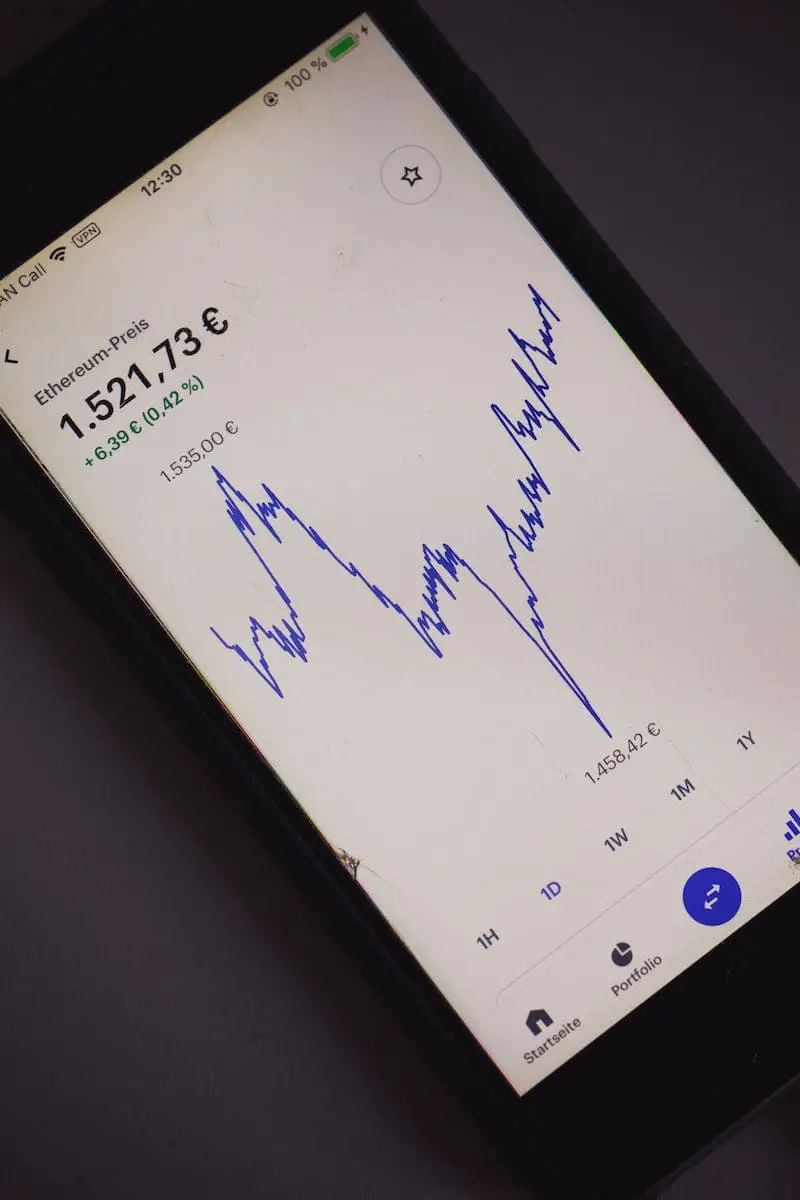Rates and ratios both involve comparisons, but they differ in their contexts and interpretation. A rate involves a comparison of two different units, such as speed (miles per hour), while a ratio compares two quantities of the same unit, like the ratio of apples to oranges.
Key Takeaways
- The Rate compares two quantities measured in different units, while Ratio compares two quantities measured in the same units.
- Rate is used to express speed, distance, or time, while Ratio is commonly used to compare the sizes of two or more objects or quantities.
- While Rate is expressed as a fraction or decimal, Ratio is expressed as a simplified fraction or a colon (:).
Rate vs. Ratio
A rate measures the amount of change in one quantity concerning another quantity, measured over time. A ratio is a comparison of two or more quantities with the same measurement units. It is expressed as a fraction or a colon. Ratios can also be expressed as decimals or percentages.

Rate is the amount a quantity changes concerning one or more other quantities. One is familiar with the term rate of change of a quantity concerning another quantity.
The ratio tells us about the relationship of how quantity varies when another quantity varies at the same time. However, it is important to note that both the quantities used in a ratio belong to the same unit.
Comparison Table
| Feature | Rate | Ratio |
|---|---|---|
| Definition | A measure of change in one quantity relative to another quantity over time | A comparison of the sizes or measures of two quantities at a specific point in time |
| Units | Can involve different units | Typically expressed in the same units |
| Examples | Speed (miles per hour), interest rate (percentage per year), birth rate (births per thousand people per year) | Mixture ratio (flour to sugar), student-teacher ratio (number of students per teacher), aspect ratio (width of an image divided by its height) |
| Comparison | Compares one quantity to another over a period of time | Compares the relative sizes of two quantities at a specific point in time |
| Mathematical Representation | Often expressed as a fraction, decimal, or percentage with a time unit (e.g., 50 miles/hour, 10%/year) | Often expressed as a colon separating the two quantities (e.g., 2:1), a fraction, or a decimal (e.g., 0.5) |
What is Rate?
A rate is defined as the comparison of two different quantities or measurements, expressed as a ratio. It represents the amount of change in one quantity per unit change in another quantity. For example, speed, which is a common type of rate, is expressed as the distance traveled per unit of time.
Characteristics
- Units of Measurement: Rates are expressed using units that are relevant to the quantities being compared. For instance, speed may be measured in miles per hour (mph), while interest rates may be measured in percentage per year.
- Change Over Time or Space: Rates involve a change over time or space. They describe how one quantity varies with respect to another over a given interval or distance.
- Comparative Nature: Rates allow for comparison between different situations or scenarios. They enable us to quantify the relationship between two variables and assess their relative impact or significance.
Examples
- Speed: The rate at which an object moves through space, measured in distance units (such as miles or kilometers) per unit of time (such as hours or seconds).
- Interest Rate: The rate at which interest is charged or earned on a financial investment, expressed as a percentage of the principal amount over a specific period of time.
- Population Growth Rate: The rate at which a population increases or decreases over time, expressed as a percentage change in the population size per unit of time.
Applications
Rates have numerous applications across various fields, including finance, physics, economics, and demography. They are used to analyze trends, make predictions, and solve real-world problems involving changes in quantities over time or space. For instance, rates are crucial in calculating speeds in transportation, determining interest payments on loans, and studying population dynamics in biology.

What is Ratio?
A ratio is a comparison of two quantities or measures of the same kind, expressed as a fraction or with a colon (:). It represents the relative size or magnitude of one quantity concerning another. Ratios can be simplified or expressed in various forms, but they always maintain the proportional relationship between the quantities being compared.
Characteristics
- Same Units: Ratios involve quantities that share the same units of measurement. This ensures that the comparison is meaningful and consistent.
- Relative Comparison: Ratios provide a relative comparison between two quantities, indicating how many times one quantity is contained within another. They help in understanding proportions and relationships between different parts of a whole.
- Scale Independence: Ratios are scale-independent, meaning they remain unchanged even if the units of measurement are altered. This property makes ratios versatile for comparisons across different contexts and scales.
Examples
- Ingredient Proportions: In a recipe, the ratio of flour to sugar might be 2:1, indicating that there are two parts of flour for every one part of sugar.
- Financial Ratios: In finance, ratios such as the debt-to-equity ratio or the price-to-earnings ratio are used to assess the financial health and performance of companies.
- Aspect Ratio: In geometry, the aspect ratio of a rectangle is the ratio of its width to its height, which determines its shape.
Applications
Ratios find applications across various fields, including mathematics, finance, engineering, and everyday life. They are used for comparisons, analysis, and decision-making processes. For example, ratios are employed in financial analysis to evaluate investment opportunities, in engineering to design structures with specific proportions, and in cooking to adjust ingredient quantities for desired outcomes. Ratios also play a significant role in statistics, where they are used to express probabilities, odds, and proportions in data analysis and modeling.

Main Differences Between Rate and Ratio
- Context of Comparison:
- Rate compares different units or measures, indicating a change over time or space.
- Ratio compares quantities of the same unit, showing a proportional relationship.
- Representation:
- Rate is expressed as a fraction or a ratio between two different units.
- Ratio is represented as a comparison between two quantities of the same unit, in the form of a fraction or using a colon (:).
- Units Involved:
- Rate involves comparing units that may differ, such as miles per hour, dollars per gallon, etc.
- Ratio involves comparing units that are the same, such as 2:1, 3/4, etc.
- Interpretation:
- Rate indicates a change over time, distance, or another relevant metric, showcasing how one quantity changes concerning another.
- Ratio expresses the relative size or magnitude of one quantity concerning another, showing how many times one quantity is contained within another.
- Examples:
- Examples of rates include speed (miles per hour), interest rates (percentage per annum), and population growth rates (percentage change per year).
- Examples of ratios include ingredient proportions in recipes (2:1 flour to sugar), financial ratios (debt-to-equity ratio), and aspect ratios (width to height ratio of a rectangle).




